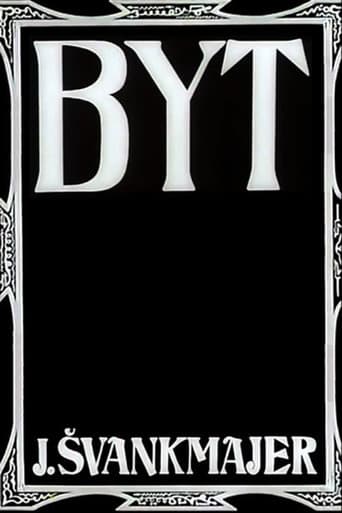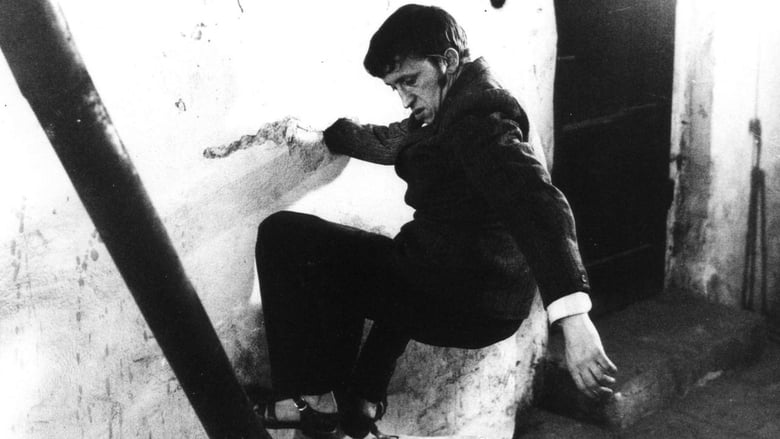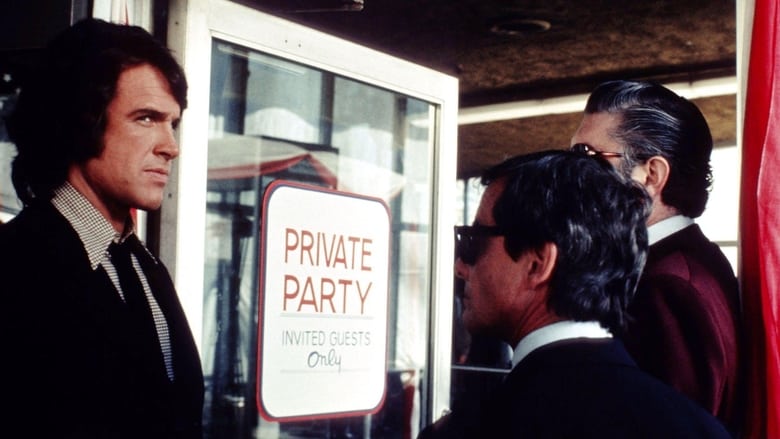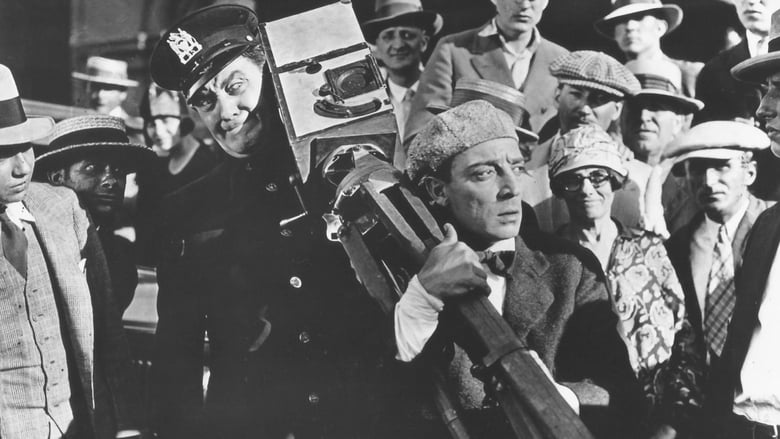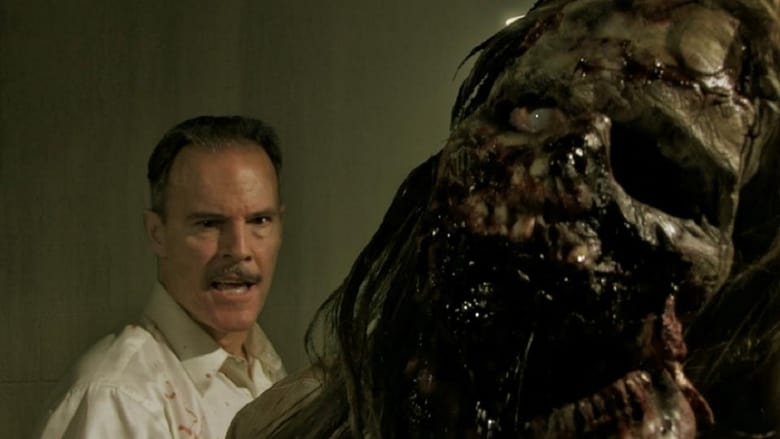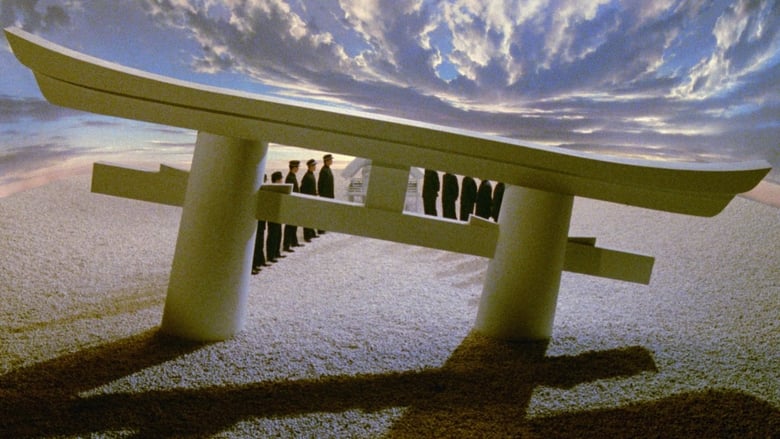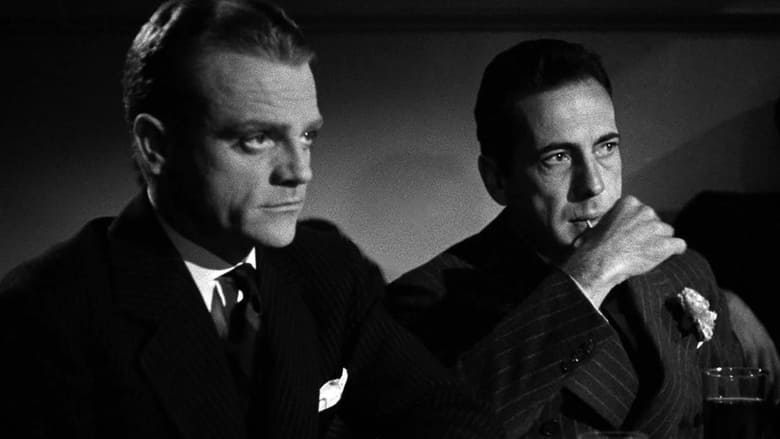A man is trapped in a sinister flat where nothing seems to obey the laws of nature.


Similar titles
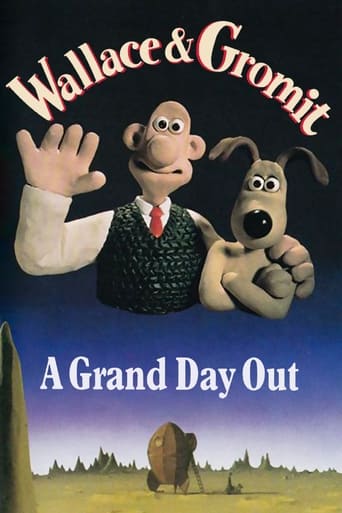
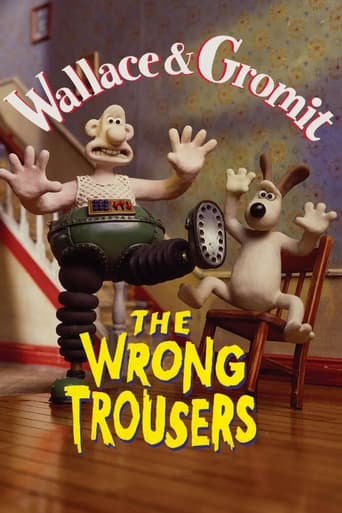
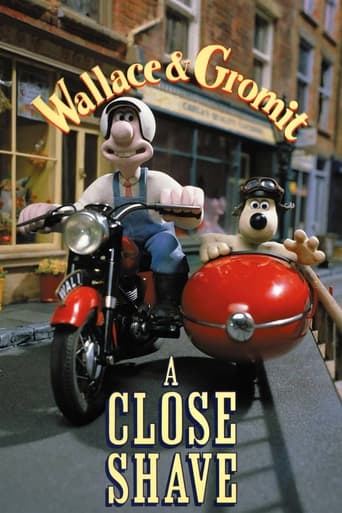
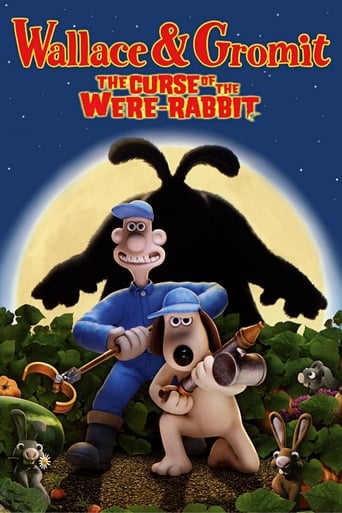
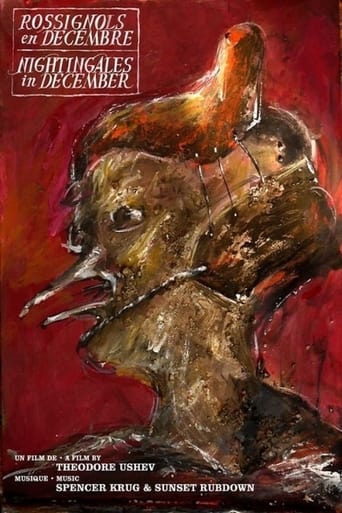
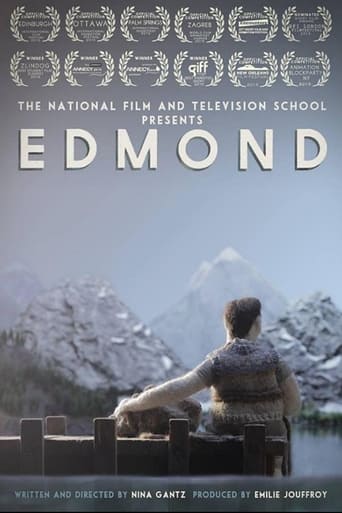
Reviews
"The Flat" is a 13-minute movie by Czech animation legend Jan Svankmajer from back when he was in his early 30s. It is in black-and-white and features two actors in the cast. The lead actor Ivan Kraus has never been in another movie, while Juraj Herz became one of the Czech Republic's most renowned directors in the decades after this short film. He was also a very prolific actor. Svankmajer and Herz are in their 80s now.I personally found this a somewhat unusual approach by Svankmajer. It is as wild as his other films, but it is not as often the case that there is a clear human protagonist. And also lots of music is included here. In terms of the action, it was as difficult to understand what was going on as in everything else Svankmajer made. I was not impressed and found this a forgettable effort. Not recommended.
There's probably some greater meaning to this short film from Jan Svankmajer, but I'm not even going to bother with it. All that you need to know is that 'Byt / The Flat (1968)' involves a man trapped in an apartment that more closely resembles a carnival house-of-horrors, and where the laws of physics and logic don't hold much sway. From this simple premise, the Czech Republic's master animator reaches into the bizarre depths of his mind to construct a version reality that doesn't quite make sense; it's a surreal nightmare where nothing operates as it should, everything goes wrong, and it seems that the frustration will never end. Water spews forth from a wood-fire stove; a single swinging lightbulb bashes a hole in the brick wall; a hearty meal goes uneaten when the utensils constantly play up; a water tap disgorges a solid rock. This is one of Svankmajer's few ventures into live-action film-making, though the technique of stop-motion utilised so effectively in films such as 'Dimensions of Dialogue (1982)' forms the backbone of his creepy visual effects.It may all mean something, but I'm more interested in the mood that Svankmajer is able to create through his use of visuals, particularly the stop-motion, which leaves the viewer bewildered and disorientated. The images are accompanied by an original soundtrack by Zdenek Liska, but it's often too dramatic and overwhelming to suit the film; something more restrained and mysterious would, I think, have been more appropriate to the tone for which Svankmajer was aiming. Ivan Kraus portrays the flat's unfortunate victim, and he responds to each new obstacle with a stunned deadpan frown that only occasionally betrays the enormous frustration and desperation that he is experiencing. The short film ends with the man, having bizarrely just encountered a visitor wielding an axe and a chicken, tearing down a wooden door to reveal a wall of signed names, with a pencil dangling alongside. Some have interpreted this as referencing the secret police interrogations that took place in Czechoslovakia when the Soviets invaded in 1968. It's a compelling theory, I'll admit, but I enjoyed 'Byt' mainly for its visuals.
I would tend to disagree with the previous statement that this movie was just an exercise in creativity without a real point. I found it to be deeply symbolic of the pressure Eastern Europe was under to follow rules in a world that did not follow the rules itself. The struggle of Joseph (his name is revealed when he writes it at the end) is both comic and easy to sympathize with, and in that it reminded me faintly of Charlie Chaplin's films. While it is extremely enjoyable to view superficially, delving just a little deeper is incredibly rewarding.Joseph keeps on expecting for the room in which he finds himself trapped to give him some small bit of normalcy, and it keeps betraying him. His hopefulness is almost pitiful, but he's all the more likable for not giving up. When his hand gets stuck in the wall, he digs it out. He does not succeed at escape, however, because he is too preoccupied with following a set of rules that do nothing to help him in his plight. He can't eat his meal because, unlike the dog that comes out of the wardrobe, he is too civilized to do what needs to be done, and he quietly accepts the axe from the man with the chicken (...that sounds utterly ridiculous out of context, doesn't it?) and waits until he is left alone once more before attacking the door rather than following the man out before he can shut the door. What he finds behind the door, however, is a wall covered with the names of people who have been in the same room and faced the same problems--this is not a single man's struggle, but one faced by a multitude, which again ties back to it being about Eastern Europe rather than a single, arbitrary person.
Svankmajer's first monochrome film, "The Flat" is about this late 1960's Czech everyman who has been literally flung into this dingy, primitive apartment. There he quickly discovers that reality does not work as it should; the man attempts to light a wood-fired stove, but water comes out, dousing the match; for no reason, the bare lightbulb begins swinging and lengthening it's cord, so it can bash a small hole in a brick wall, whereupon the light retracts into the ceiling. In the middle of the room there is a table with a meal (a boiled egg in a holder, soup, a tankard of beer, and a plateful of things that look like linked sausages.) The man sits down to eat, only to have the beer become a tiny doll's stein when he drinks it, then reverting to the (now-empty) tankard when he puts it down. He can't drink the soup, because suddenly the spoon has holes. He tries to break the egg, only to have it break the holder and fall through the table onto his foot, a painful experiance. The "sausages" are also inedible; they bend the fork prongs. The man then attempts to sleep in a bed, but it disintigrates into a large pile of sawdust. In the end, a man walks into the room in slow motion, holding a chicken and an axe. The protagonist takes the axe as the man glides back out through a second door. The door has no handle, so the everyman hacks it to pieces, only to find that it covers a wall. The wall is covered with names; the man adds his with a pencil.I went to the trouble of recounting most of the film to make a point, that this is an allegory of the secret police interrogations that went on after the Soviets reinvaded Czechoslovakia during the "Prague Spring" of 1968. In such an interrogation, the subject would be more and more disoriented by placing the person in a cell with no windows where the light (from a bare bulb) was eternally on, along with nonsensical questioning, irregular meal times, and bizarre arbitrary behavior by guards and interrogators. At the end of whatever time it took to break the prisoner, he/she would be forced to sign a confession, either written by the prisoner or concocted by the secret police. I suspect that the only reason that "Byt" survived was due to the literal-mindedness of Czech censors and the secret police.
